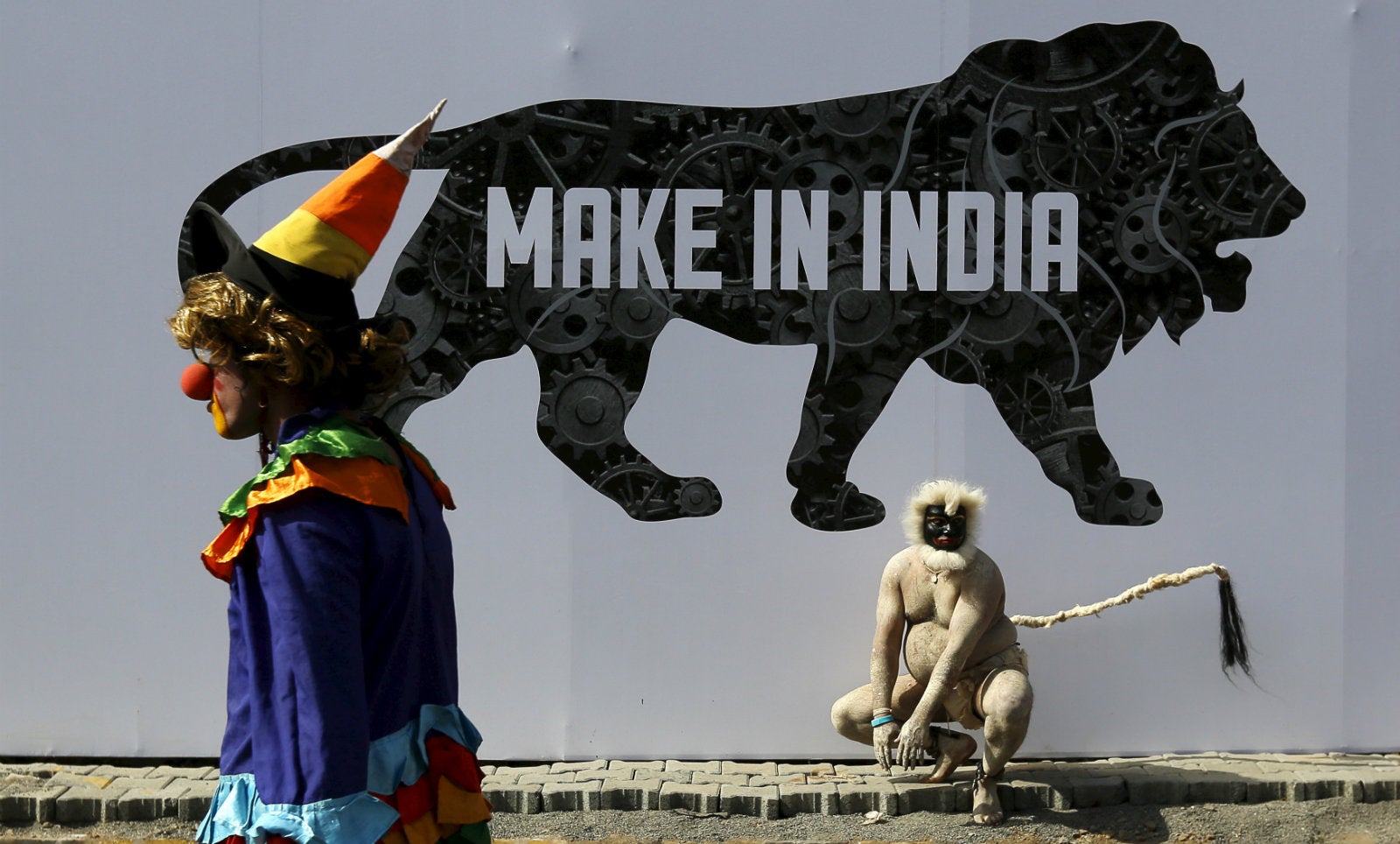What American manufacturing companies want from Modi’s Make in India
India is putting on a massive show to attract global manufacturers to set up shop in the subcontinent.


India is putting on a massive show to attract global manufacturers to set up shop in the subcontinent.
Prime minister Narendra Modi’s Make in India initiative—the biggest brand the country has ever created, according to him—aims to increase the share of manufacturing in its GDP to about a quarter from the current 17%.
In Mumbai, a week-long Make in India event is currently underway, with global firms marking their presence.
But doing business in India isn’t particularly easy.
Mukesh Aghi, president of US-India Business Council, a business advocacy group established in 1975, spoke to Quartz about what global firms actually want, and how India and the US can boost bilateral trade.
Here are edited excerpts from the interview:
What are the top demands of American companies from India?
The focus should be on ease of doing business. If a company like Marriott wants to build a hotel in India, it takes almost 153 permits. How do you reduce that? Then, we need more predictability on the policy side. Boardrooms prefer a consistent set of patterns. So, that is important. Third, India should focus on bringing down the cost of capital in manufacturing.
What is the general sentiment about the Indian economy among US businesses right now?
If you look at the BRICS countries, Brazil is a mess, Russia has collapsed, South Africa is again struggling, and China seems to be melting down. So, India is a shining star. There is no other (major) economy that is growing at 7.3%. For India to become more attractive, the consistency in the government’s message—that India is open and transparent for businesses—needs to continue.
Which sectors can boost bilateral trade between India and the US?
The Indian government is spending a lot of money to buy defence equipment. I think we need to start looking at small & medium enterprises (SMEs) in the US who can supply defence equipment. Right now, in the US, most of the defence products are made by SMEs, and it can be replicated in India. The second is healthcare. The US has a young population, but as it ages, affordable healthcare is going to be important. We also need to look at making India among the top 10 pharma environments. That means opening it up for clinical trials. We need more research, and that’s where we need to see how can we get the academics and the industry working together. The success in the US when it comes to the intellectual property (IP) and patents is because of this.
But Indian pharma companies have issues with the US regulators very often.
It is a combination of two things. Today, about 30% of the generic drug market share in the US belongs to Indian companies. And estimates say that these companies save about $20 billion for the US government every year. The Indian generics need to meet FDA (Food and Drug Administration) standards. The US works as a lobby, as an interest group. I don’t see Indian generics having a strong lobby group, telling their story. In some cases, there are IP issues. The generics have to step up from a lobby perspective.
Apart from pharma and IT, is there also a lot of interest among US retail chains to enter India?
What we are seeing is that Apple, through Foxconn, is going to start manufacturing here. Last quarter, the consumption of Apple devices in India was 800,000 units. Now it also wants to sell through its own retail stores. A lot of US retailers are watching how Apple moves into India and I think if that goes well, you’ll see floodgates opening.